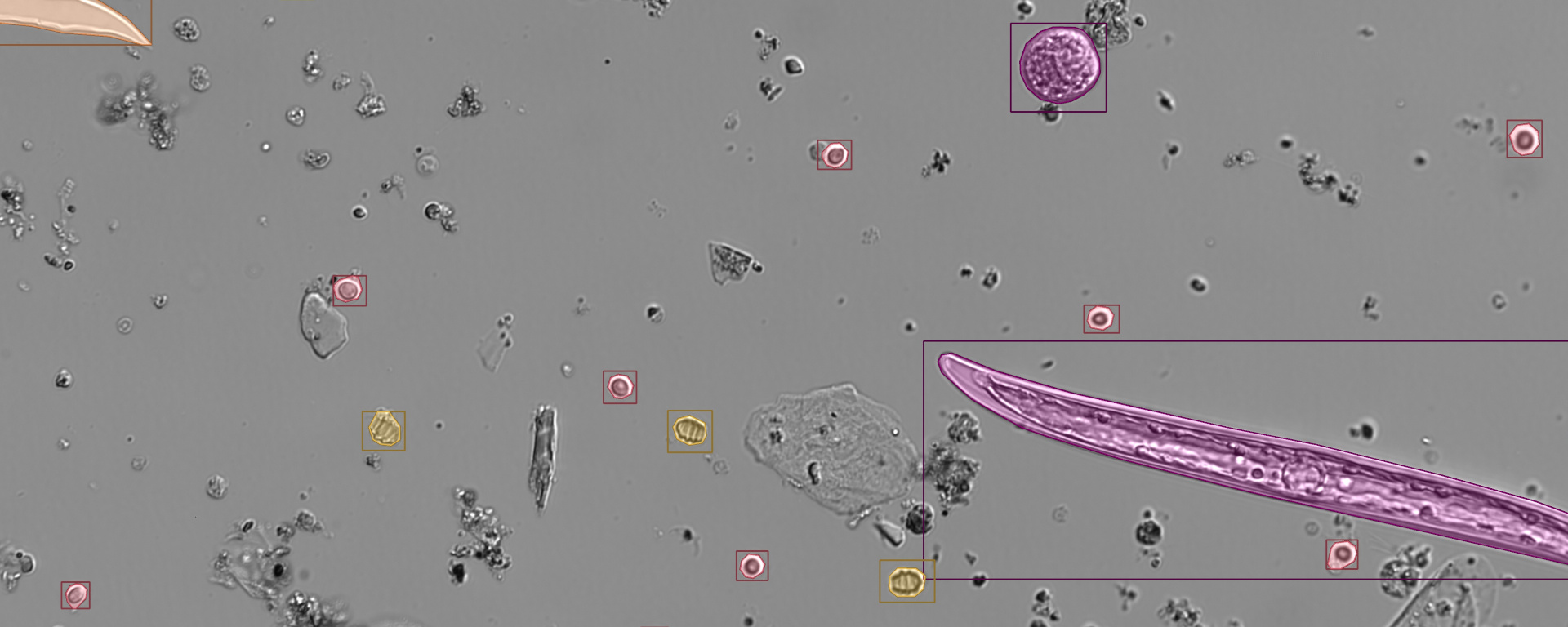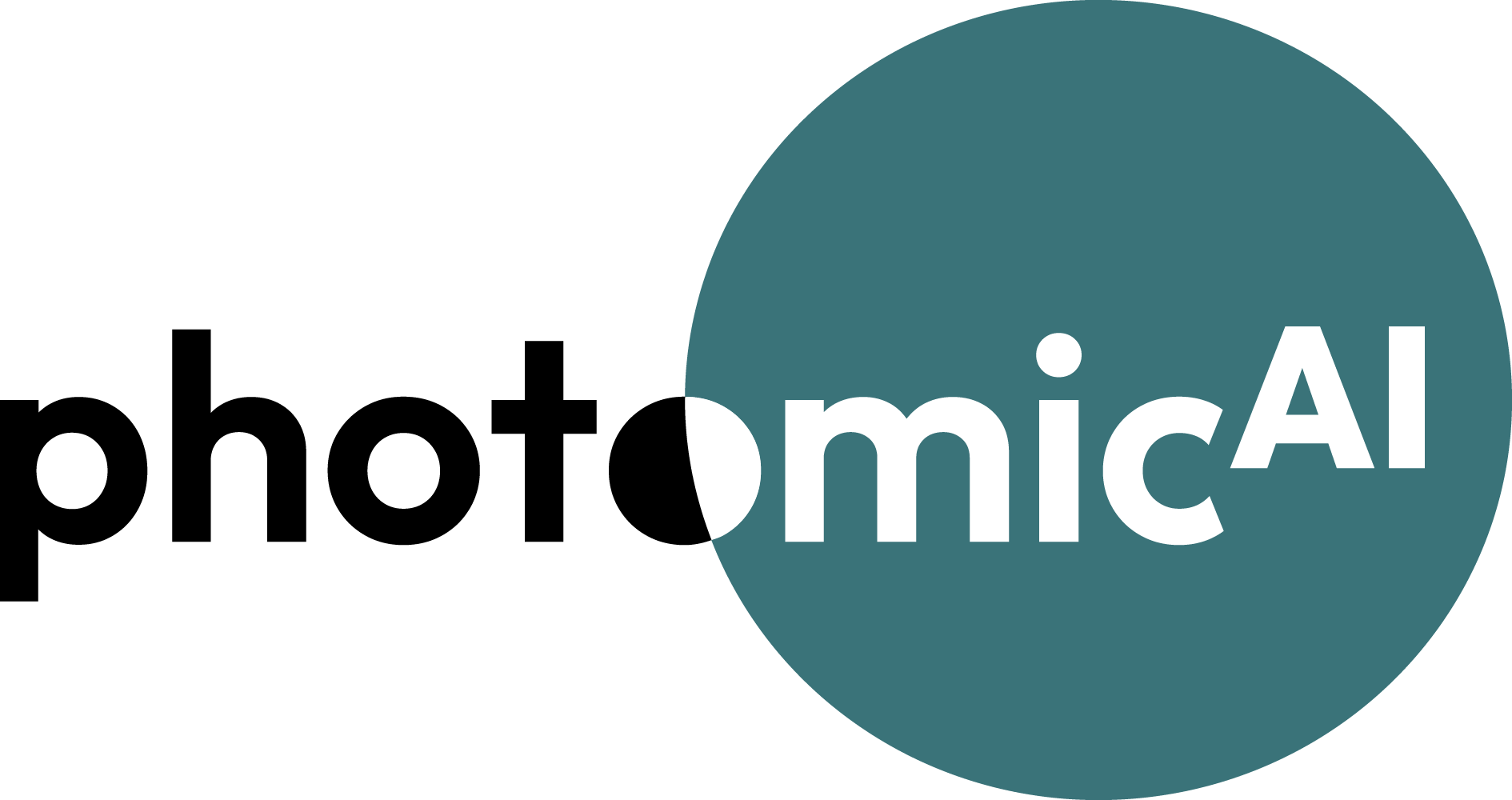Aquatic ecosystems worldwide face immense challenges due to increasing pressures such as environmental pollution and climate change. Currently, 60% of European water bodies are in poor ecological condition. The goal of this research project is to develop AI-based analysis software for phytoplankton in microscopy images, enabling time- and cost-efficient monitoring of aquatic ecosystems.
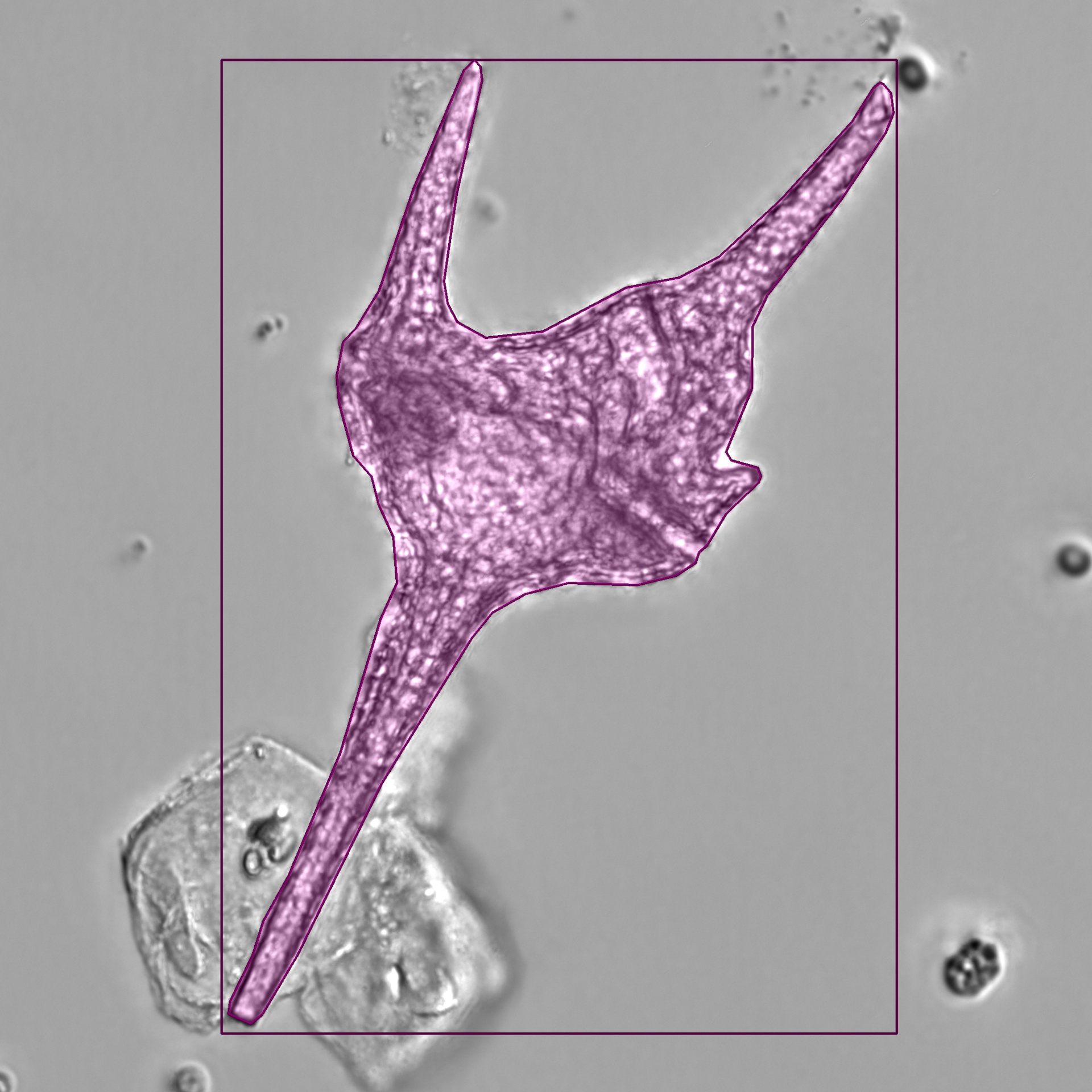
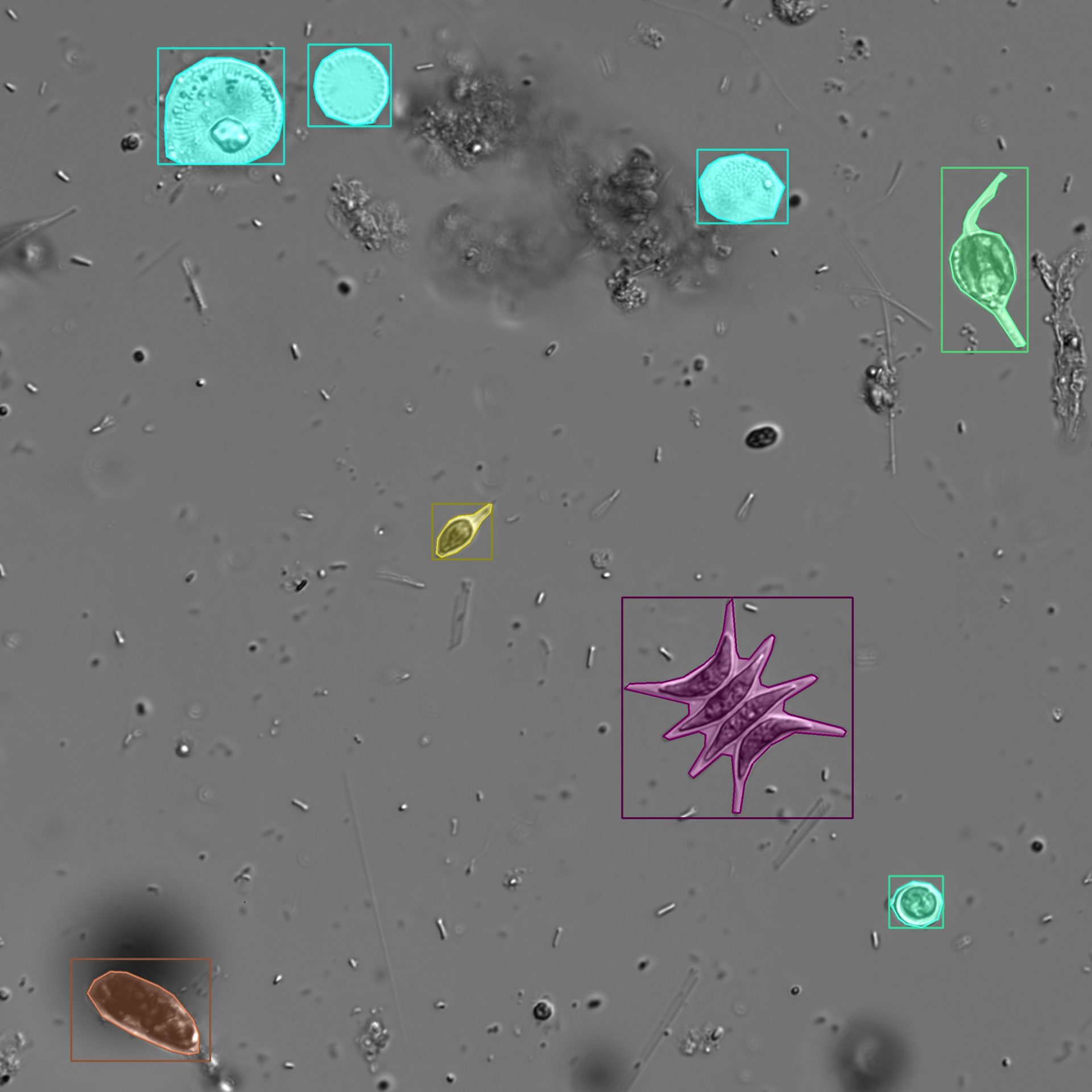
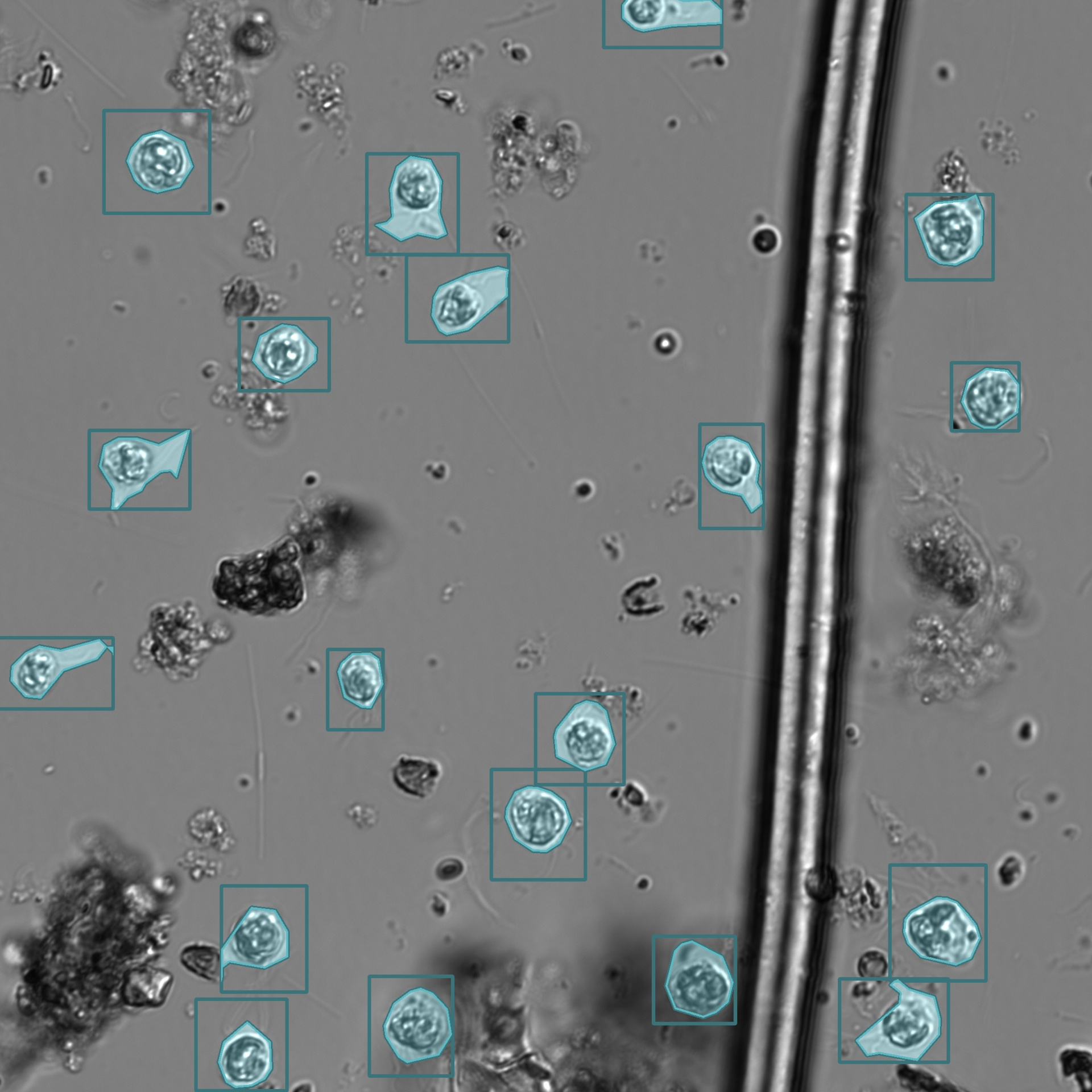
Phytoplankton in Aquatic Ecosystems
As part of the Water Framework Directive (WFD), the assessment of aquatic ecosystems incorporates phytoplankton—a diverse group of plant-like and photosynthetic microorganisms—as a key indicator of a water body’s ecological status. As primary producers, phytoplankton form the base of the aquatic food web and play a major role in oxygen production and nutrient cycling. They respond sensitively to environmental factors such as nutrient levels, acidification, and salinization, making them reliable indicators for ecosystem health.
Targeted phytoplankton monitoring provides essential ecological metrics—such as biomass, species composition, and the emergence of dominant species—with applications in:
- Assessing the ecological status of aquatic systems
- Early detection of algal blooms
- Quality control in algae cultivation
- Aquaculture and fisheries management
Because phytoplankton respond rapidly and sensitively to environmental changes, standardized and cost-efficient methods as well as continuous monitoring programs are necessary to ensure reliable results.
AI-Based Analysis of Phytoplankton
Within the PLANC project, various artificial neural networks are being developed and trained to support AI-driven analysis of phytoplankton. These models learn to detect phytoplankton in complex microscopy images and distinguish between different species. This enables automated taxonomic classification and counting of plankton species.
In addition to detection and classification, the models also perform pixel-accurate segmentation. Each individual organism is outlined with a precise mask, allowing for exact measurement. Based on a three-dimensional geometric approximation, the biovolume can also be estimated.
Because morphological differentiation of phytoplankton is challenging even for experts, the development of specialized model architectures and training methods is a core component of PLANC. Both Convolutional Neural Networks (CNNs) and Vision Transformers are used.
The training process incorporates supervised and unsupervised learning methods, allowing both annotated and unannotated microscopy images to be utilized. This results in a comprehensive, high-quality dataset that enables the training of powerful neural networks.
Analysis Software for Automated Plankton Evaluation
To make use of the developed AI models, a web-based software prototype is provided. This tool allows automated evaluation of microscopy images from water samples—without requiring specialized hardware or software installation.
Users simply upload their images to the analysis software. These are processed on the Fraunhofer IGD compute cluster, and the AI model completes its analysis within minutes. Results are visualized in a graphical user interface and can be downloaded.
 Fraunhofer Institute for Computer Graphics Research IGD
Fraunhofer Institute for Computer Graphics Research IGD